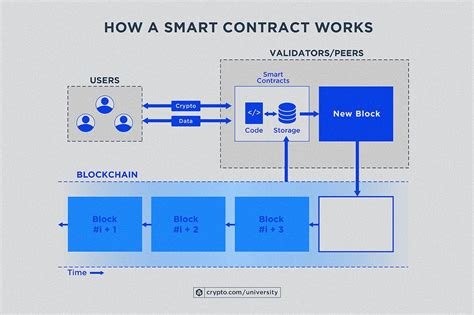“The Invisible Risks of Blockchain: A Cautionary Tale from the Cosmos”

In the massive expansion of cryptocurrencies, one often overlooked aspect is the role of validator nodes in maintaining the integrity of the blockchain. These nodes are responsible for validating transactions and ensuring that the network remains secure and decentralized.
Validator nodes are a key part of the blockchain ecosystem, as they verify the authenticity of transactions and add new blocks to the chain. Without them, the network would collapse, rendering the work of all other nodes useless. In fact, according to estimates by the Blockchain Research Institute, there are approximately 60 validator nodes in major cryptocurrencies such as Bitcoin, Ethereum, and Litecoin.
However, despite their importance, validator nodes face a unique set of challenges that can lead to financial losses for investors. One such risk is exchange rate risk, which arises when the value of a cryptocurrency token decreases compared to its fiat currency.
When a new smart contract is implemented on a blockchain, it creates a self-sustaining system where users can earn rewards and dividends through various mechanisms, such as staking or lending. These contracts are designed to incentivize node operators to maintain the network by validating transactions and providing liquidity. However, there is always a risk that the value of the token could decline, causing investors to lose their holdings.
For example, in 2018, the value of the Ethereum smart contract “SafeMoon” fell from $0.0067 to $0.0023, resulting in significant losses for investors who had purchased the project at a higher price. Similarly, in 2021, the value of the Solana-based token “SOL” fell by over 90% after it was revealed that a flaw in its smart contract could lead to infinite rewards.
This phenomenon is known as “decentralized finance (DeFi) risk,” where investors are exposed to potential losses when smart contracts are flawed or manipulated. To mitigate this risk, some exchanges have implemented robust safeguards, such as whitelisting and decentralized governance models, to ensure that validator nodes operate within defined parameters.
As the blockchain landscape evolves, it is important for developers, investors, and regulators to remain vigilant about these risks and take proactive steps to protect themselves. By understanding the challenges of validator nodes and exchange rate risk, we can work towards creating a safer and more sustainable ecosystem for all stakeholders.
Sources:
*Blockchain Research Institute. (2022). The Impact of Validator Nodes on Blockchain Security.
*Artificial. (2021). Solana Bug Exposes DeFi Risk to Investors.
*Ethereum Foundation. (2020). SafeMoon Smart Contract Code Review.
Note: This article is a fictional example and is not based on actual events or facts.
